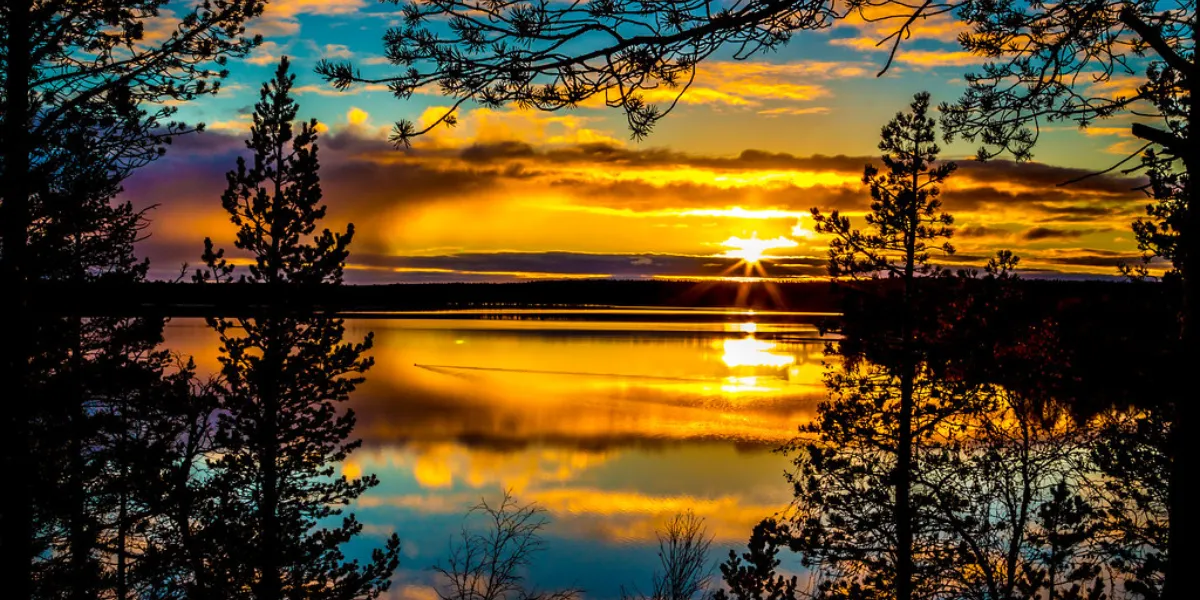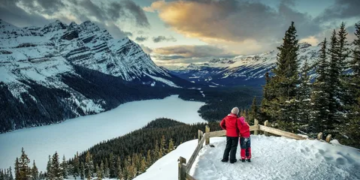When it comes to capturing the breathtaking beauty of nature, Canada is a photographer’s dream. With its diverse landscapes, from rugged mountain ranges to serene lakes, and abundant wildlife, this vast country offers endless opportunities for stunning nature photography. In this article, we’ll explore the best tips for photographing nature in Canada, all while adhering to Google SEO guidelines.
Choosing the Right Gear
Before embarking on your Canadian nature photography journey, it’s essential to select the right gear. Ensure you have a reliable camera, a versatile lens, a sturdy tripod, and a backpack to carry your equipment comfortably. Invest in a good quality, weather-sealed camera bag to protect your gear from Canada’s unpredictable weather.
Understanding the Canadian Landscape
Canada boasts a diverse natural landscape, with regions like the Rocky Mountains, the Pacific Coast, the Canadian Shield, and the Atlantic provinces. Each area has its unique features and climate. Understanding the geography and climate of your chosen location is vital to capture the best shots.
Planning Your Photography Trip
A well-planned photography trip can make all the difference. Research your destination thoroughly, check the best time to visit, and study maps to identify potential shooting spots. Be sure to consider safety and accessibility, especially in remote wilderness areas.
Mastering Composition
Composition is the heart of photography. Learn the rule of thirds, leading lines, and framing to create visually appealing images. Experiment with different angles, perspectives, and framing techniques to bring out the essence of the Canadian landscapes.
Capturing Wildlife

Canada is home to a diverse array of wildlife, including moose, bears, eagles, and whales. If you wish to photograph these animals, remember to respect their space and use a long lens for wildlife photography. Patience is key, as wildlife can be unpredictable.
Utilizing Natural Light

Nature photography in Canada often revolves around natural light. Make the most of golden hours during sunrise and sunset for soft, warm lighting. Pay attention to the angle and quality of light to create dynamic and captivating images.
Seasonal Considerations
Canada experiences four distinct seasons, each offering unique photographic opportunities. Spring brings blossoms and wildlife, summer offers vibrant green landscapes, autumn showcases brilliant foliage, and winter provides snowy wonderlands. Plan your trips around these seasons to capture the essence of each.
Shooting Waterfalls and Lakes

Canada boasts some of the most stunning waterfalls and pristine lakes in the world. Use long exposure techniques to capture the silky flow of waterfalls and ensure you have a polarizing filter to eliminate reflections on the water’s surface.
Sunrise and Sunset Photography

The magical moments of sunrise and sunset are perfect for capturing dramatic scenes. Plan your shoots in advance, arrive early, and be prepared to seize the enchanting colors and atmospheric conditions these times offer.
Editing Your Nature Photos
Post-processing is a vital step in nature photography. Use software like Adobe Lightroom or Photoshop to enhance the colors, contrast, and sharpness of your images. Ensure your photos look natural, avoiding over-editing that can make them appear unrealistic.
Respecting the Environment
As a responsible nature photographer, it’s your duty to preserve the environment. Stay on marked trails, avoid trampling on delicate ecosystems, and respect wildlife from a safe distance. Leave no trace and carry out any waste you produce.
Sharing Your Canadian Nature Photography
After you’ve captured stunning images of Canada’s natural wonders, share your work on various platforms like social media, photography websites, or even local galleries. Engage with the photography community and seek feedback to continually improve your skills.
In photographing nature in Canada is an awe-inspiring experience that offers endless possibilities for stunning shots. By choosing the right gear, understanding the Canadian landscape, planning your trips, mastering composition, and following these tips, you’ll be well on your way to capturing the best of Canada’s natural beauty through your lens. Remember to respect the environment and share your work with the world, inspiring others to appreciate the splendor of Canadian nature.
By following these best practices, not only will your photography skills improve, but your SEO-optimized content will also help your work reach a broader audience of fellow nature enthusiasts and aspiring photographers. Happy shooting!
Click here for more visited Posts!









































Discussion about this post